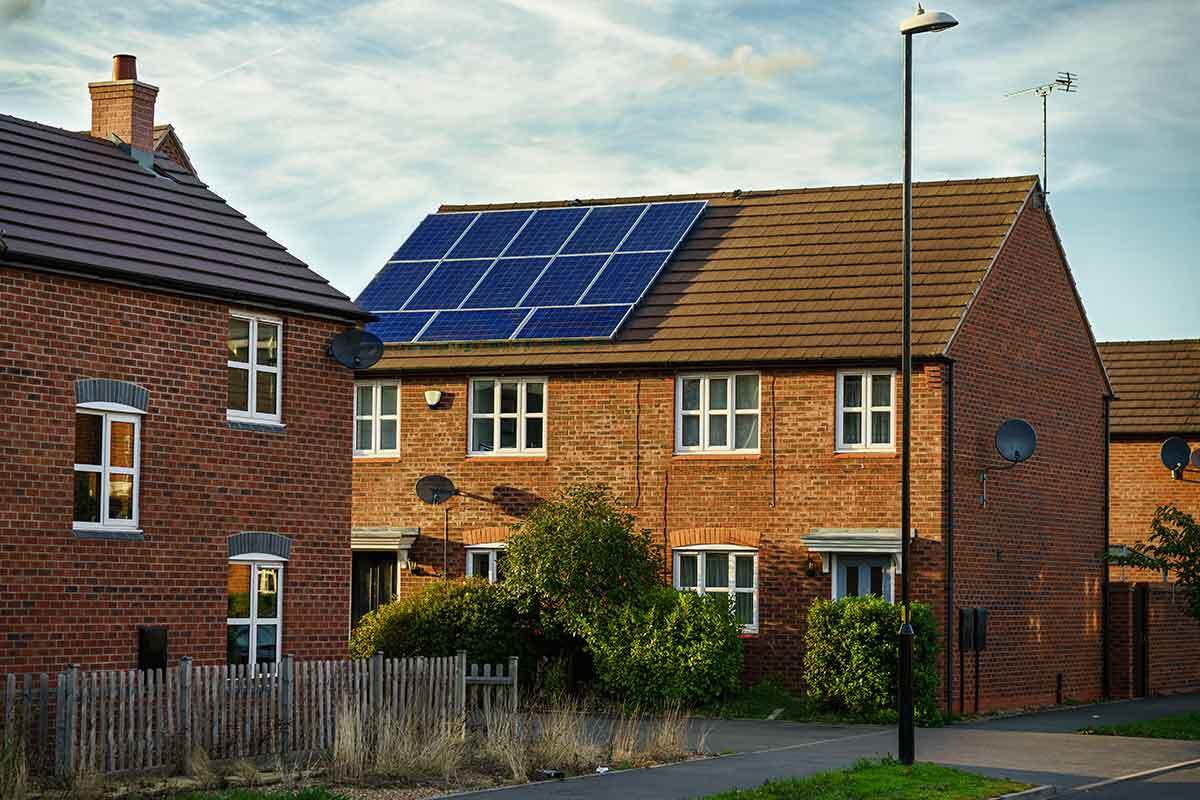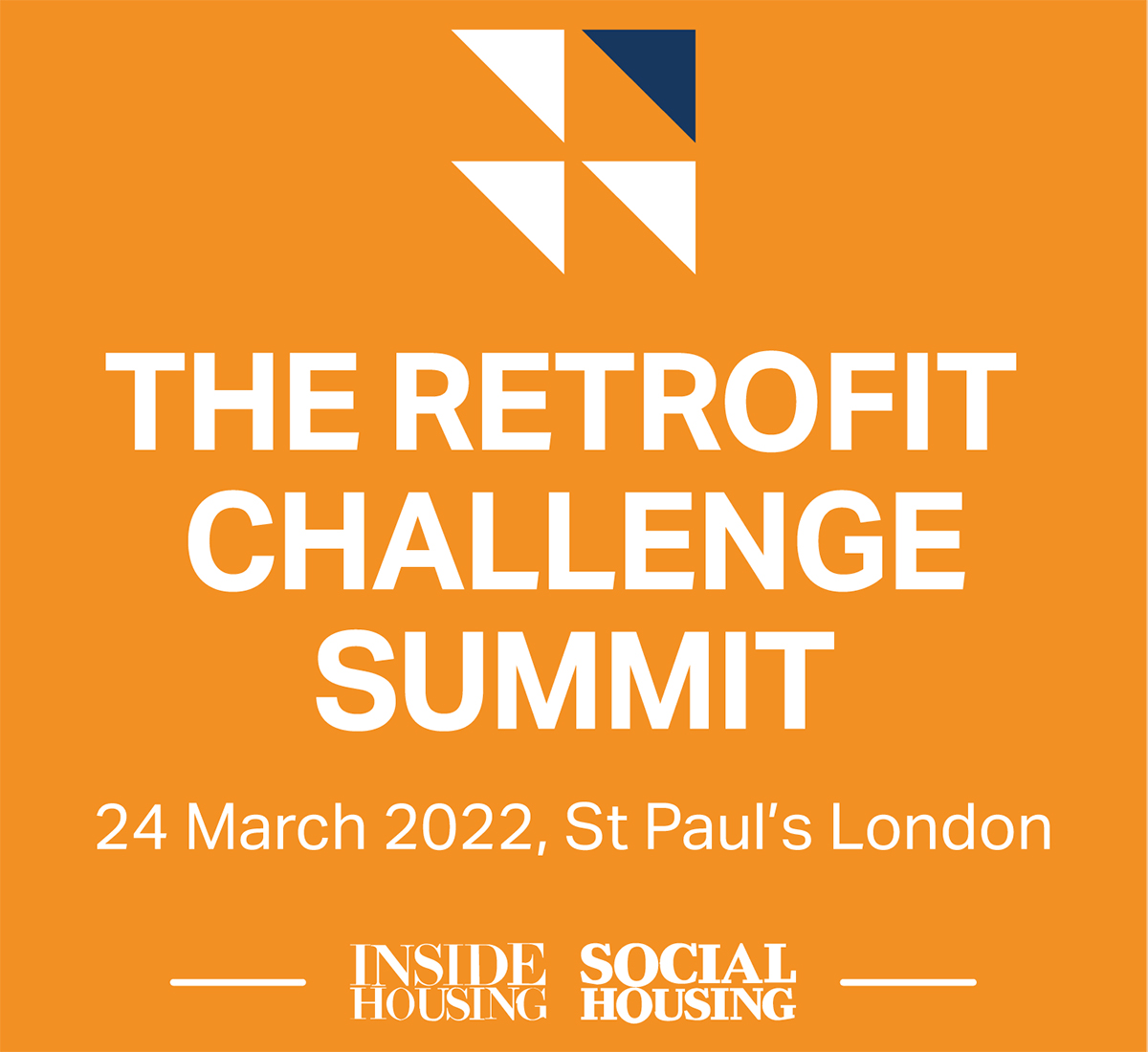
VAT rules need to change for zero-carbon projects
Social landlords risk being hit with a huge tax bill when they bundle zero-carbon improvements into other works. Mark Henderson argues for the Treasury to fix the problem
When Maurice Lauré introduced the French to VAT in 1954, he created a division among economists – a division that made its way to our shores when VAT was introduced here in the 1970s.
In one camp, you have the anti-VAT gang, who view it as a double tax because consumers pay for goods and services from already-taxed income; in the other, the VAT advocates who see it as a progressive tax where people who spend the most, pay the most VAT.
But in whichever camp you reside, there’s one salient feature that is hard to argue against, and that is VAT’s multi-layered and flexible nature. It has proved useful time and again.
The latest example can be found in the net-zero debate, where the government is using VAT’s flexibility to support its green targets.
It makes sense and we are fully behind this approach, which will give it and us a significant boost in achieving net zero by 2050.
Yes, in an ideal world, we’d like green products to be zero-rated. This would turbocharge investment, green jobs and growth. But, given the economic situation post-COVID, we at Home Group are realistic and recognise that a 5% rate of VAT is probably as good as it gets for now.
However, it isn’t quite that simple. There’s a grey area. Through HM Revenue and Customs (HMRC) regulations, certain energy-saving measures can be delivered at 5% VAT, but if they are delivered alongside “other works”, there is a very high risk they’ll be charged at 20%.
Currently, it’s the contractor who decides what VAT rate to apply, based on HMRC’s guidance. In our experience, contractors usually take a cautious approach and charge 20% VAT on the whole project.
The easiest example to give is that if you fit solar panels and carry out limited repairs to a roof, this VAT would be charged at 5%. If you were to replace the roof and add solar photovoltaic (PV), the whole project would probably be charged at 20%. It’s not seen as a “green project”, but “other works”.
“Just put yourselves in the position of one of our customers. Rather than getting the job done with the minimum amount of disruption, thanks to the tax collectors, we need to disrupt them twice”
This means, for housing associations to maximise their investment proposition, which is imperative, considering the scale of the net-zero challenge, they would have to sacrifice operational pragmatism and inflict a higher level of disruption on customers.
In other words, the housing association would have to replace the roof and then go back at a later date to fit the solar PV, causing customers unnecessary disruption, as well as making the housing association look incompetent due to working on the roof twice in a relatively short space of time. On top of that, it’s commercially ineffective, as you lose any benefit of having scaffolding and other infrastructure in place to do the works.
Just put yourselves in the position of one of our customers. Rather than getting the job done with the minimum amount of disruption, thanks to the tax collectors, we need to disrupt them twice.
Simply taking the 15% differential isn’t an option for us. The association would still be massively out of pocket after having had to cough up the extra VAT. However positive, everyone knows that net zero cannot be reached without significant investment in our existing housing stock.
To illuminate the point, and to add scale, let’s take a typical large housing association with a portfolio of 40,000 to 50,000 homes as an example.
Ballpark costs of necessary improvements are, let’s say, around £1.2bn. Government funding (based on previous examples) towards that – again ballpark – will be around £128m.
Due to the guidance around the 20% VAT on “other works” and contractors’ cautious natures, the housing association would hand over £223m to HMRC. The result would be that the housing association would be out of pocket, against the funding allocation, to the tune of £95m.
The common-sense approach to meeting net-zero targets would be to set the VAT rate for full retrofitting at 5%, meaning the housing association in the example would pay £55m in VAT, saving £168m.
“That £168m would go a long way. It could be used to supply and fit 25,000 heat pumps in peoples’ homes, or fund 230 apprentices every year for the next 28 years, and so on”
That £168m would go a long way. It could be used to supply and fit 25,000 heat pumps in peoples’ homes, or fund 230 apprentices every year for the next 28 years, and so on.
Such a reduction might seem like a stretch for the Treasury. However, applying different VAT rates to “green” schemes and “other works” would mean a fairer tax system and deliver in a targeted way on chancellor Rishi Sunak’s promise to cut taxes and encourage investment.
Also, given the government’s stated agenda to level up, it would be a great way to help voters, not just in the ‘Red Wall’, but right across the UK.
Home Group, alongside our partners in the Greener Futures Partnership and together with colleagues in the sector, are putting this argument to the government, as it’s one that delivers for all.
The government and housing associations dramatically improve their chances of reaching the ambitious 2050 net-zero targets, while customers enjoy the benefits of energy-efficient homes and significant savings with the least disruption.
The evolved multi-tier nature of VAT has proved beneficial time and again. Let’s use it again for this major challenge we face.
Mark Henderson, chief executive, Home Group
Sign up to The Retrofit Challenge Summit
A must-attend one-day summit for all those involved in the large-scale retrofitting of UK homes.
Join us on 24 March 2022 at the second annual Retrofit Challenge Summit, which will equip you with knowledge to fund, plan, procure and deliver retrofit projects at pace, at scale and right first time.












